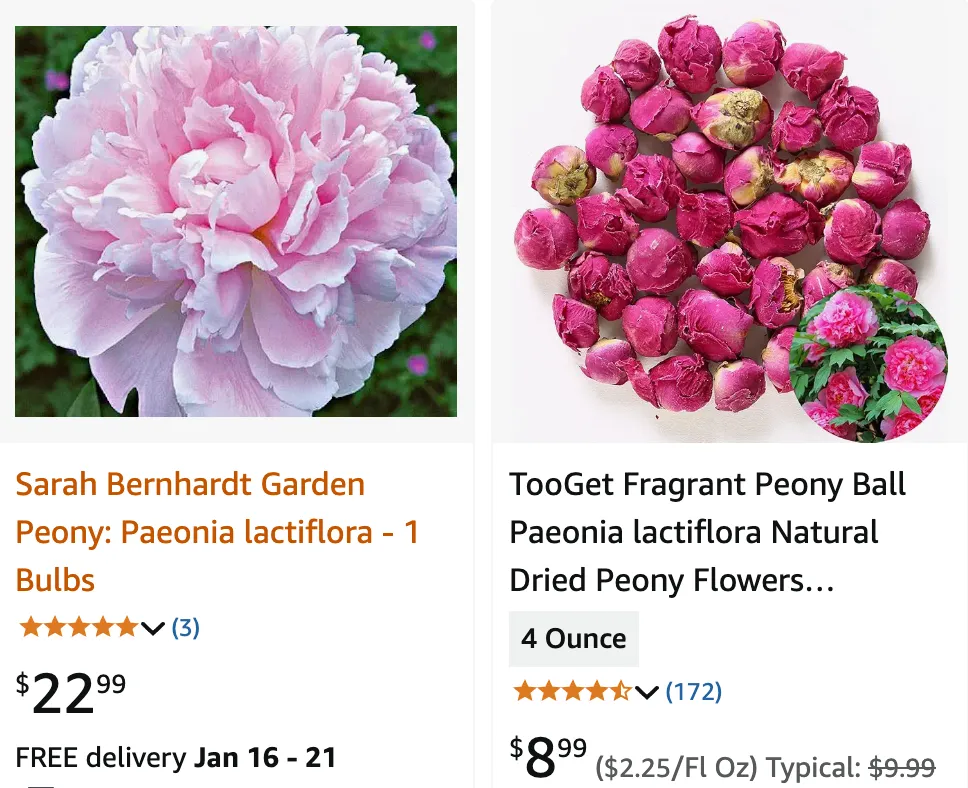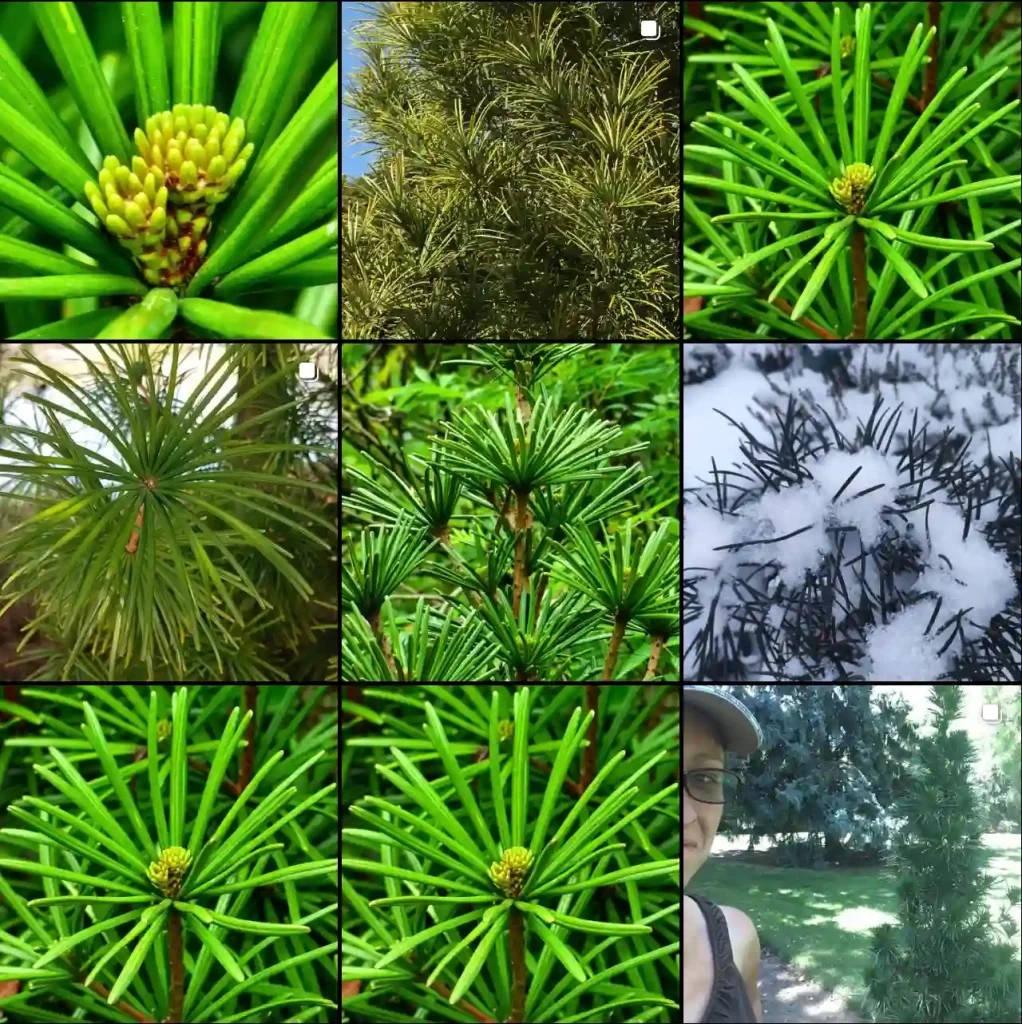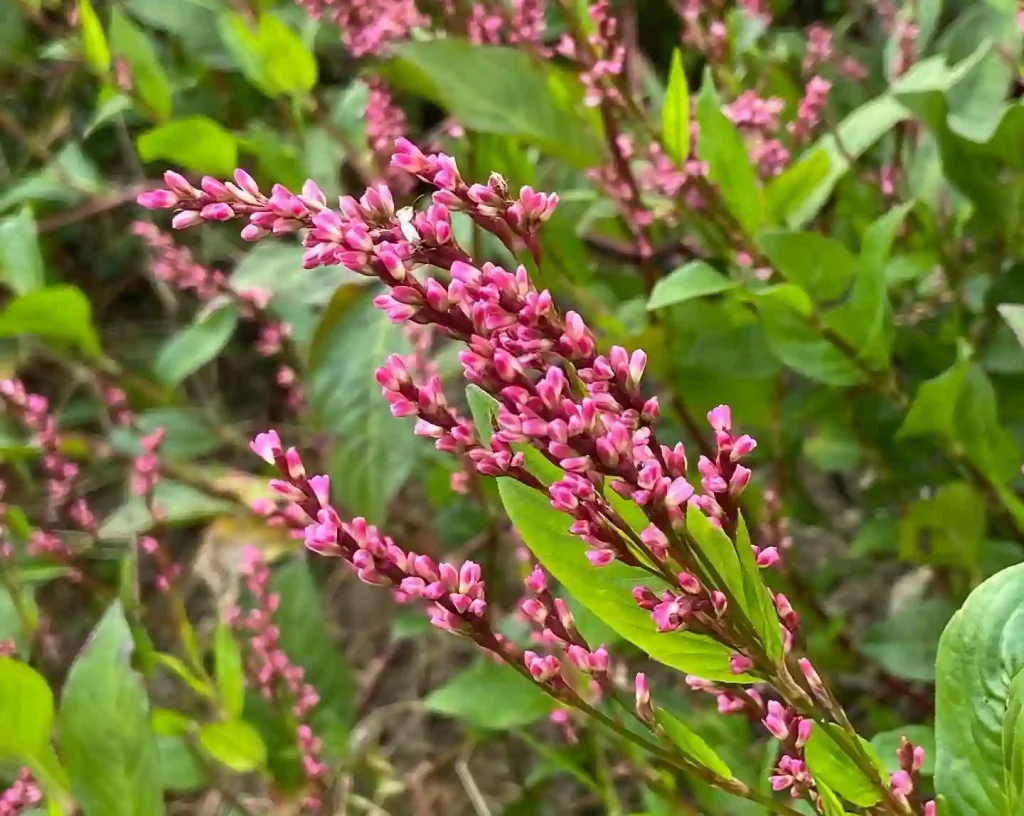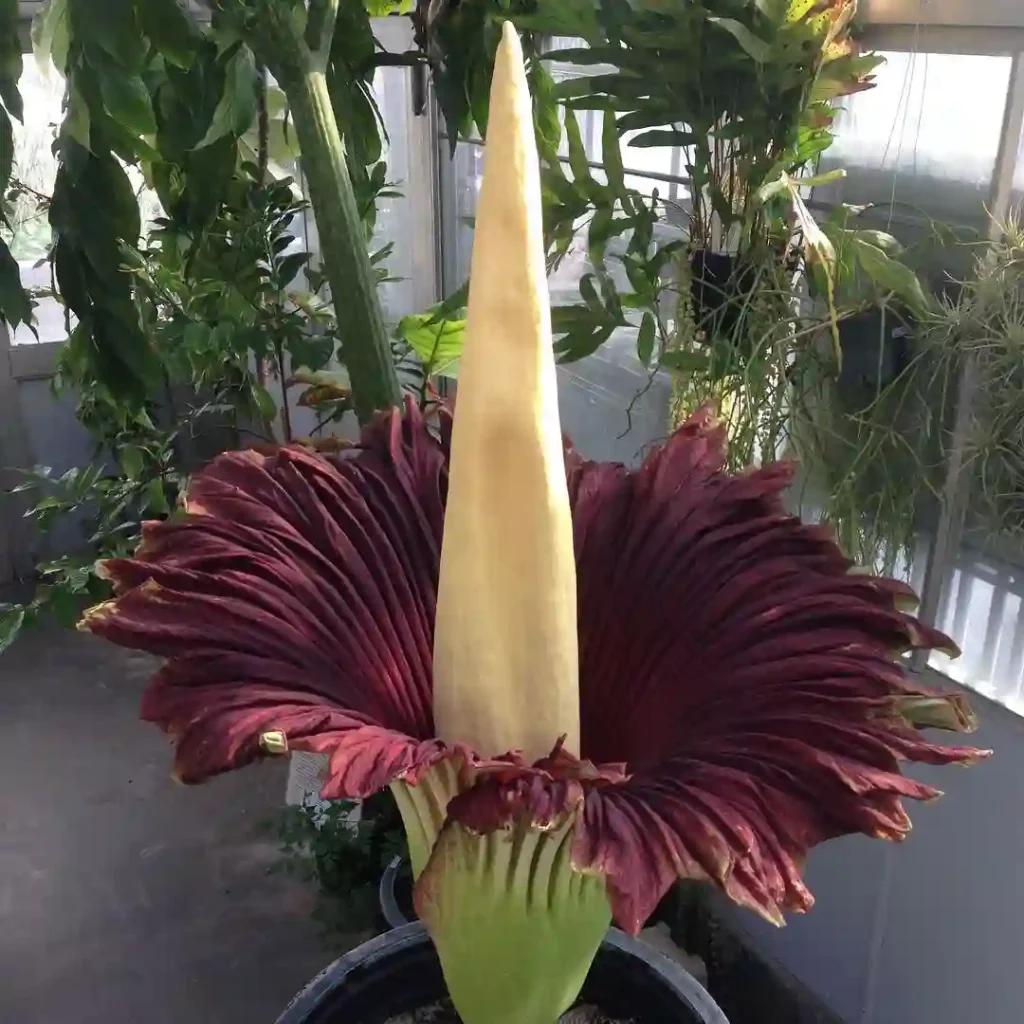
Plant Family: Paeoniaceae – 42 Species in Genus Paeonia – Peonies
What is Paeonia lactiflora?
Paeonia lactiflora, commonly known as the Chinese peony or garden peony, is a herbaceous perennial plant native to Asia. It’s celebrated for its lush, fragrant blooms that come in a variety of colors, including pink, white, red, and sometimes yellow. This plant has been cultivated for centuries for its ornamental beauty and traditional medicinal uses.
How to plant Paeonia lactiflora?
To plant Paeonia lactiflora, choose a sunny location with well-draining soil. Dig a hole wide enough to accommodate the roots and about 2 inches deep for the crown to sit just below the soil surface. Place the plant, cover the roots with soil, and water thoroughly. Peonies thrive in slightly acidic to neutral soil (pH 6.5-7) and should be planted in the fall for the best results.
How to care for Paeonia lactiflora?
Caring for Paeonia lactiflora is relatively simple. Water the plant deeply during dry periods, especially in the first year of growth. Apply a balanced fertilizer in early spring as new shoots emerge. Mulch around the base to retain moisture and suppress weeds, but avoid covering the crown. After blooming, deadhead the spent flowers, and in late fall, cut back the foliage to the ground to prevent disease.
How to propagate Paeonia lactiflora?
The most common way to propagate Paeonia lactiflora is by division. In the fall, dig up the mature plant and gently divide the root clump into sections, ensuring each has at least 3-5 healthy buds or “eyes.” Replant the divisions in prepared soil with proper spacing. It may take 2-3 years for the new plants to bloom.
What to plant with Paeonia lactiflora?
Pair Paeonia lactiflora with plants that complement its growth and flowering cycle. Good companions include roses, salvia, irises, and delphiniums. These plants offer contrasting textures and colors while thriving in similar conditions. Avoid planting peonies near large trees or shrubs that may compete for nutrients and water.
Can you grow Paeonia lactiflora indoors?
Growing Paeonia lactiflora indoors is challenging because these plants require a period of cold dormancy to bloom. However, you can grow them in pots outdoors and bring them inside briefly to enjoy their flowers. Ensure the pot has excellent drainage, and place it in a spot with ample sunlight when kept outside.
Is Paeonia lactiflora toxic?
Paeonia lactiflora is mildly toxic to humans and pets if ingested. It can cause symptoms such as nausea, vomiting, or diarrhea. Keep it out of reach of small children and animals. Always wash your hands after handling the plant, especially the roots, which contain higher concentrations of toxic compounds.
What are the benefits of Paeonia lactiflora?
Aside from its ornamental beauty, Paeonia lactiflora has been used in traditional Chinese medicine for its potential anti-inflammatory, antispasmodic, and pain-relieving properties. It’s also known to attract pollinators, adding ecological value to gardens.
What are common problems with Paeonia lactiflora?
Common problems include botrytis blight, powdery mildew, and root rot, especially in overly wet or poorly drained soil. Ants are often found on peony buds, but they’re usually harmless and even help by feeding on nectar without damaging the plant. To prevent issues, ensure proper air circulation, avoid overwatering, and remove any diseased foliage promptly.
How does Paeonia lactiflora compare to similar plants?
Paeonia lactiflora is often compared to tree peonies and intersectional (Itoh) peonies. Unlike tree peonies, which have woody stems, Paeonia lactiflora dies back to the ground each winter. Intersectional peonies are hybrids of tree and herbaceous peonies, combining the best traits of both, such as sturdier stems and longer blooming periods.
With these answers, I hope you have a clearer understanding of how to enjoy and care for this beautiful plant in your garden or landscape.
If i die, water my plants!



